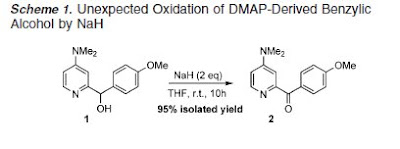from a chinese patent. application number:99124902
1. liquifiy pure diphenol by warming. no solvent needed.
2. add 1-5% TsOH-H2O.
3. keep temp at 135C, add 1 eq. MTBE dropwise in 2-3 hr (a cold condenser needed).
4. 1 hr later, you get the title compound with a yield >75%

note:
I tried the reaction, everything worked out as described.






























































































